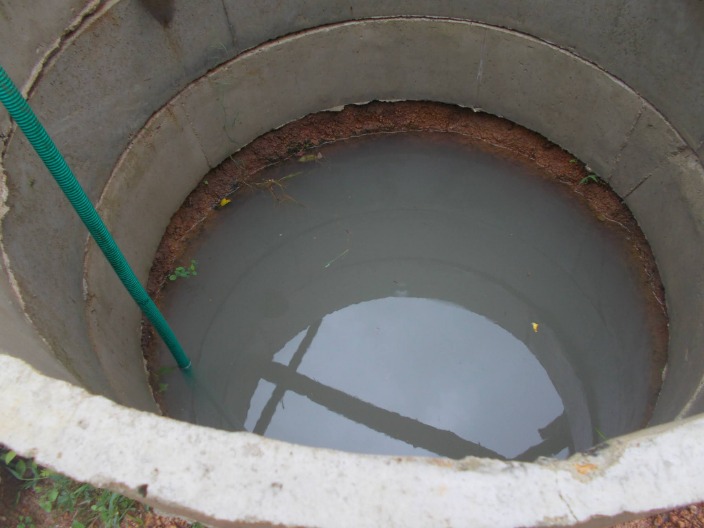
When it comes to building a reliable and efficient well, proper construction is key. From selecting the right location to choosing the appropriate materials, every step in the construction process plays a crucial role in the overall quality and longevity of the well. Whether you are constructing a well for residential, agricultural, or industrial purposes, following best practices in well construction is essential.
Read more about bohrbrunnen here.
The importance of Well Construction
Well construction is a process that involves drilling a hole into the ground to access groundwater. This water source is then used for various purposes such as drinking, irrigation, and industrial processes. Proper construction ensures that the well is safe, reliable, and sustainable over the long term.
Read more about brunnenbau here.
Key Steps in Well Construction
Read more about bodenerkundung here.
1. Site Selection
Choosing the right location for your well is the first step in the construction process. Factors such as geology, soil type, and proximity to potential contaminants should be carefully considered to prevent any future issues with water quality or availability.
2. Drilling
The drilling process involves using specialized equipment to bore a hole into the ground to reach the water table. The depth and diameter of the well will depend on factors such as water demand and geology. It is crucial to hire experienced professionals for this step to ensure the well is constructed properly.
Read more about schachtbrunnen here.
3. Casing and Grouting
Casing is a protective lining that is inserted into the well to prevent collapse and contamination of the water source. Grouting involves filling the space between the casing and the borehole to provide structural support and seal off any potential pathways for contamination.
4. Pump Installation
Once the well is drilled and cased, a pump is installed to extract water from the ground to the surface. The type of pump used will depend on factors such as well depth, water demand, and energy efficiency requirements.
Conclusion
In conclusion, well construction is a complex process that requires careful planning, skilled labor, and adherence to regulatory standards. By following best practices in well construction, you can ensure that your well provides a reliable and sustainable water source for years to come.





